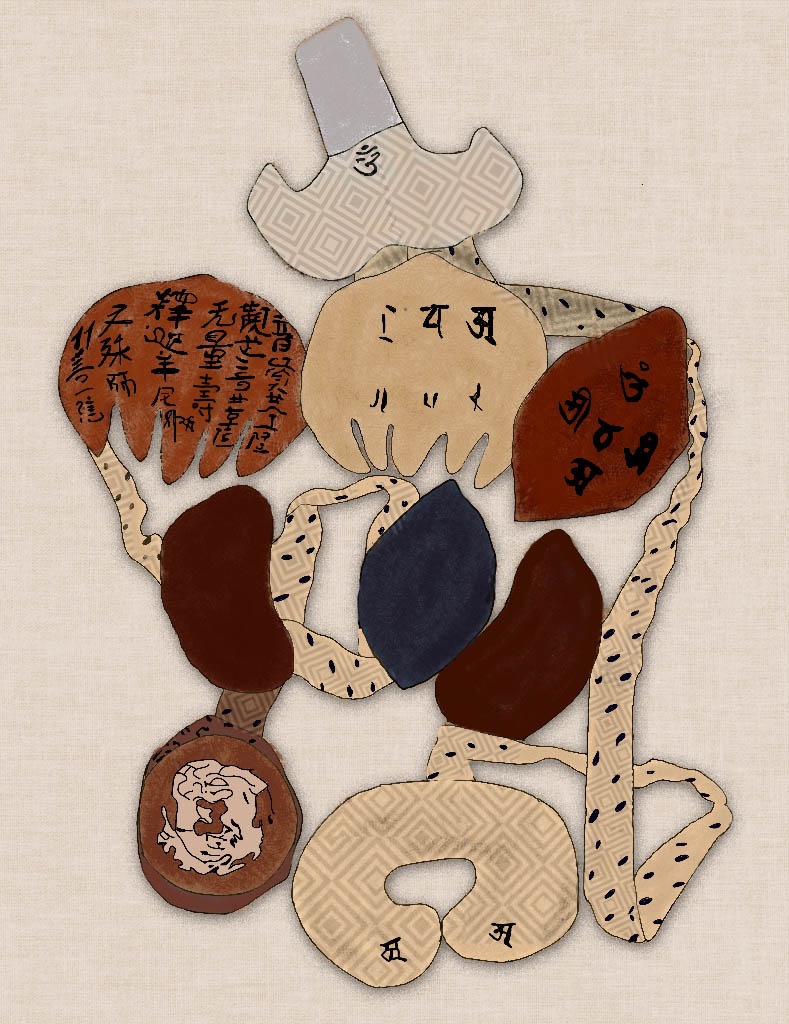A Brave Warrior with Guts

A Brave Warrior with Guts (1991)”Luo Tong Sweeps the North”, Caiyuan dong’an’gong Temple, Magong CC BY-NC-SA 4.0 – Wall painting is an adequate to transmit the religion’s value. This painting in a Taoist temple depicts a scene before the heroic sacrifice of a fictional warrior. When General Luo Tong joined Emperor Tang Taizong’s (reign 626-649) expeditionary […]
Manchu face, Universal body

Manchu face, Universal body (Early 18th century) Ge ti ciowan lu bithe, or Manchu Anatomy (based on Thomas Bartholin, Anatomia, 1684), Muséum national d’Histoire naturelle, Paris – The Jesuits actively persuaded the Kangxi Emperor to study anatomy. They hoped that he would convert to Christianity while marveling at the wonders of the various parts of […]
The Dissected Horse

The Dissected Horse (15th century?) Pictorial Scroll of Hippiatry, Azabu University, Tokyo – Buddhist monks introduced veterinary medicine to Japan, and they also infiltrated animal medicine with religious connotations. There are several different schools of hippiatry painting scrolls in Japan, with slightly different contents, but they all include anatomical diagrams of the internal organs of […]
The Buddha’s Guts

The Buddha’s Guts Digital rendition by Stella Thumiger after ‘ The viscera models in the statue of Sakyamuni’, Seiryōji Monestary, Kyoto (985) – In Medieval China, it was customary to put viscera models in Buddha statues. Some of them are still extent today. This one is the representative, which was brought to Japan from Taizhou, […]
